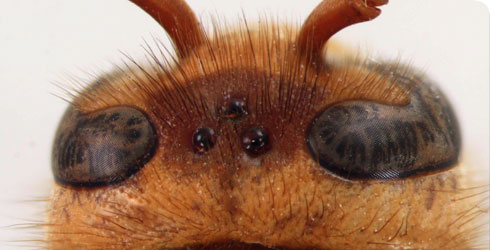Vespa crabro (hornet)
The hornet genus Vespa is distinctive. All species within the genus are large wasps with a characteristic head shape - in dorsal view, the 'temples' of the head are widened. Vespa crabro also has a completely yellow face and brown mesoscutum (top of the thorax).
Vespa crabro is the only indigenous hornet throughout northern and western Europe and northern Asia, but it is 1 of 24 species of Vespa, most of which are found in tropical south-east Asia.
No other species of hornet has been found nesting in Britain and none is expected to arrive in the near future.
Species detail

Face of the hornet © Natural History Museum, London
Within Europe, there are 2 native species of Vespa: Vespa crabro and Vespa orientalis. The latter is found mainly in south-eastern Europe, as far north-west as Naples.
Recently, a third species, Vespa velutina, has been accidentally introduced from south-east Asia to France. Within France, Vespa velutina is spreading but is unlikely to reach Britain in the near future.
-

Taxonomy
Hornets belong to the insect order Hymenoptera which includes wasps, bees, ants, parasitoid wasps and sawflies. Find out more.
-

Distribution
Vespa crabro has a wide distribution, and is still expanding its range. Find out where you might spot it.
-

Biology
Like wasps and ants, hornets rear their young collectively in colonies. Discover how the unusual reproductive strategy of these insects may have influenced this social behaviour.
Images
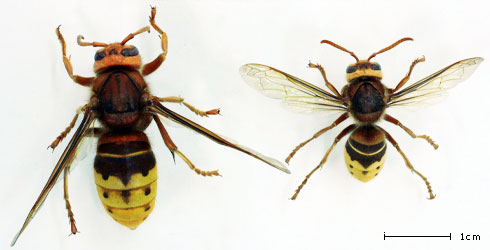
Vespa crabro queen (left) and worker (right).
© Natural History Museum, London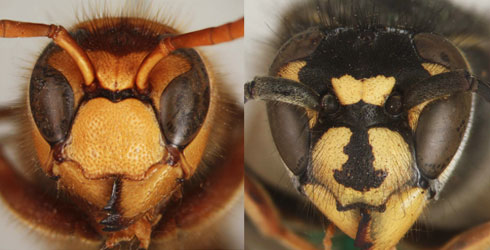
Face of the hornet (left) and the common wasp (right).
© Natural History Museum, London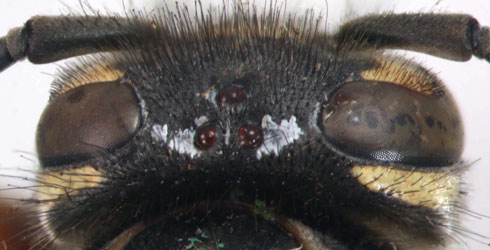
Head of the common wasp, Vespula vulgaris, dorsal view.
© Natural History Museum, London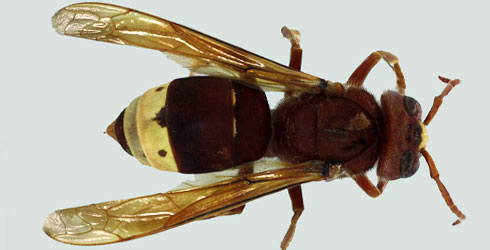
Worker Vespa orientalis.
© Natural History Museum, London
Worker Vespa velutina.
© Natural History Museum, London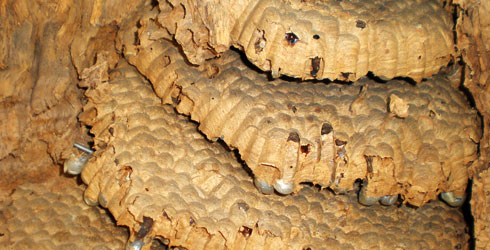
Interior of a hornet nest, specimen in Natural History Museum.
© Natural History Museum, London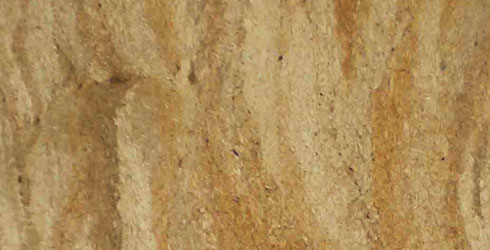
Detail of the envelope of a hornet nest.
© Natural History Museum, London